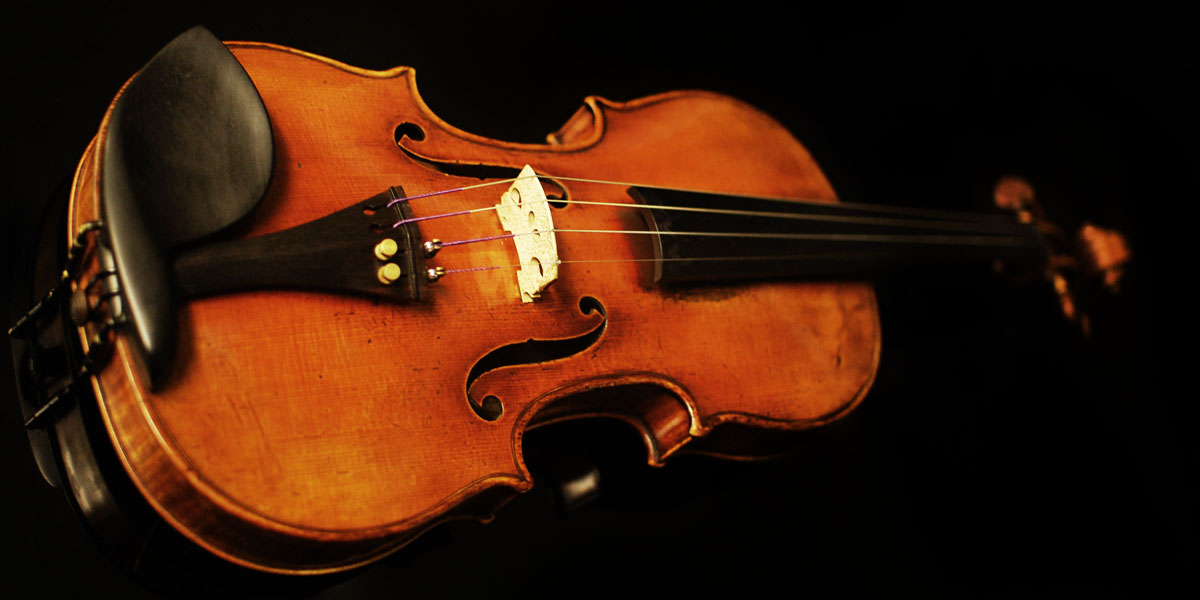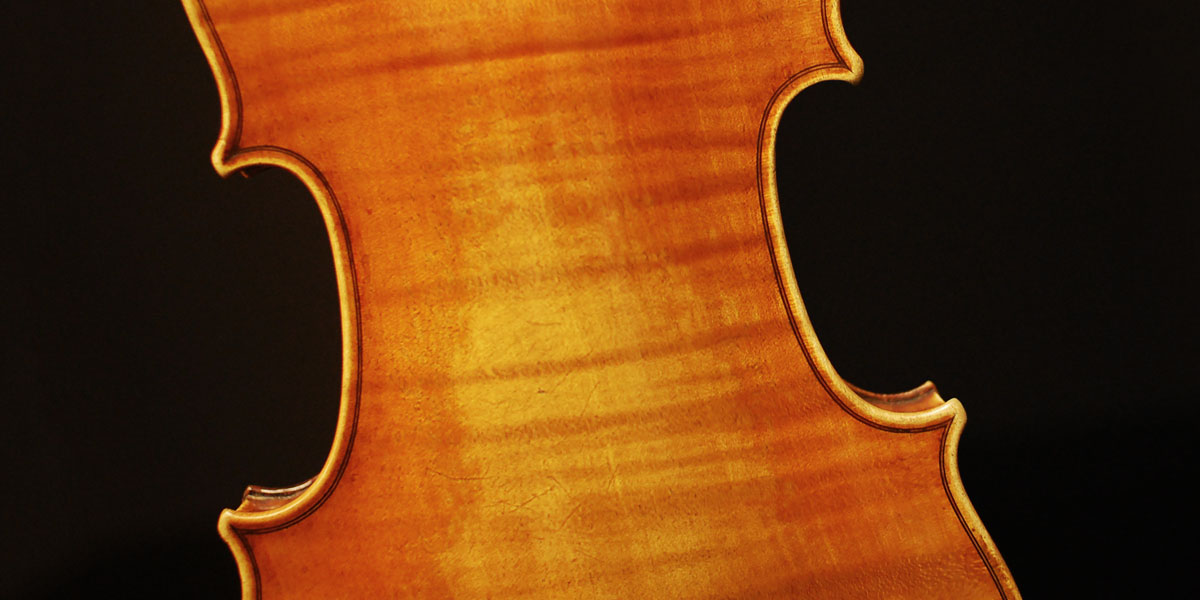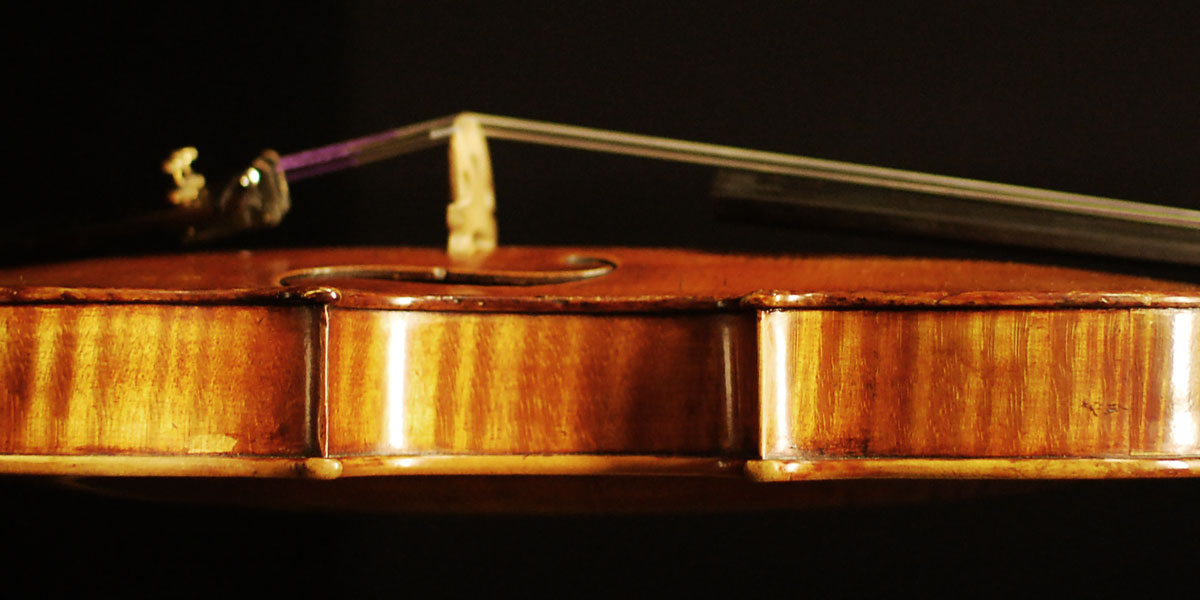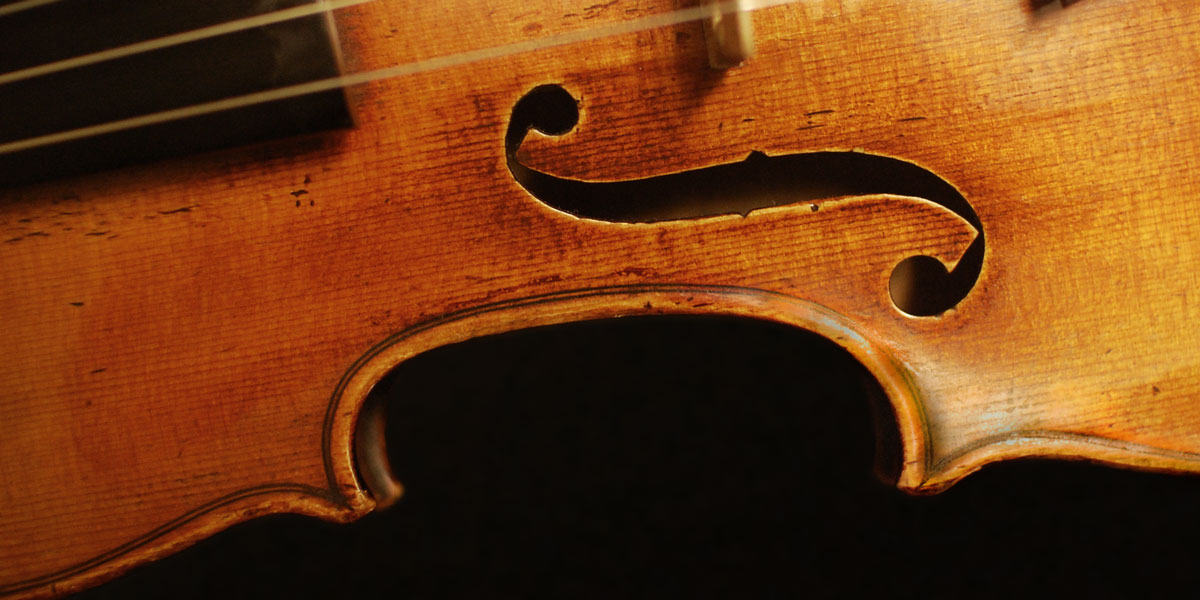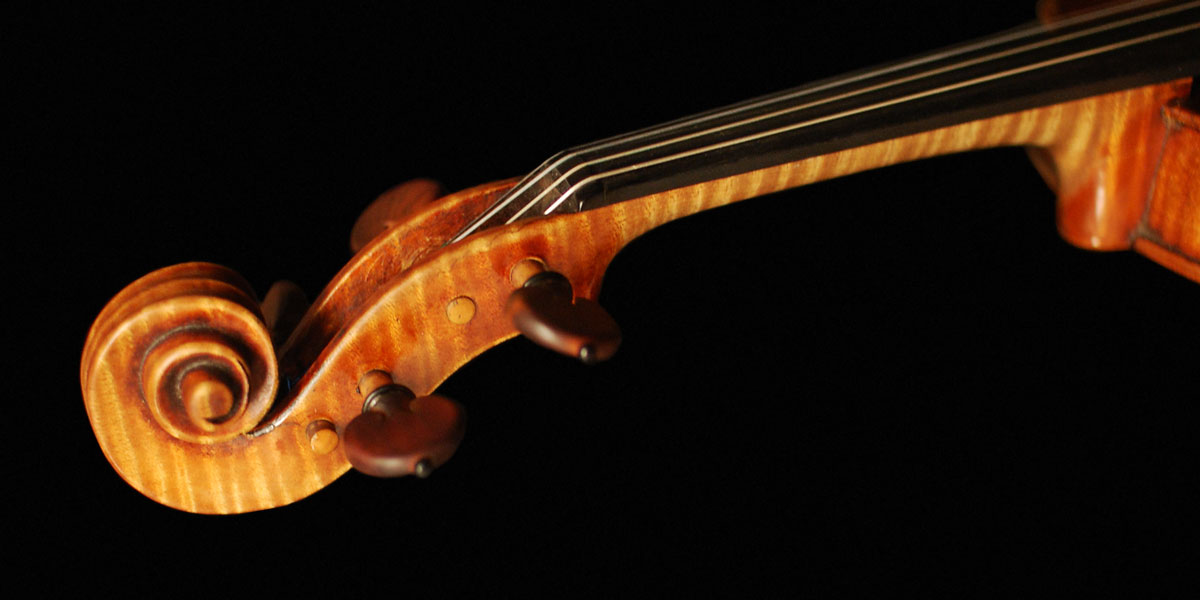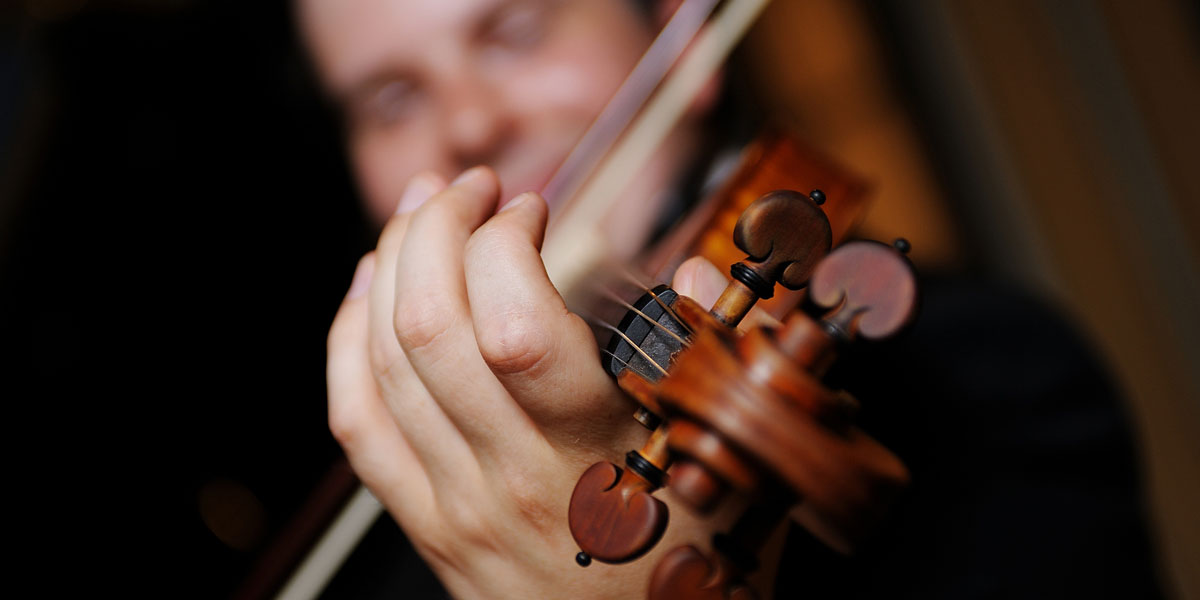
Violin
Instrument details
Materials and Measurements:
Back: maple, 35,90 cm
Top: hazel spruce, 17,00 cm
Sides: maple, 11,30 cm
Snail: maple, 20,85 cm
Top mensur: 19,70 cm on both sides
Body height: 3,00 cm to 3,10 cm
Varnish: brown-red
Label: Jean Baptiste Vuillaume à Paris Rue Croix-des-Petits-Champs
![]()
Jean Baptiste Vuillaume (1798 - 1875)
Born to a Mirecourt family since both his grandfather and his father were engaged in the same trade, Jean-Baptiste Vuillaume arrived in Paris in 1818 to work for François Chanot. In 1821, he joined the workshop of Simon Lété, François-Louis Pique's son-in-law, Rue Pavée St. Sauveur. He became his partner and in 1825 settled in the Rue Croix des Petits-Champs under the name of "Lété et Vuillaume". His first labels are dated 1823.
Beginning in 1827, at the height of the Neo-Gothic period when many artists were drawing their inspiration from 15th and 16th century cathedrals and monuments, and in order to satisfy the demand of virtuosi and amateurs for great 18th century Italian violin makers, he started to imitate old instruments. Some copies were so perfect that, at that time, it was difficult even for a discerning eye to tell the difference.
In 1827, he won a silver medal at the Paris Universal Exhibition. The following year, in 1828, he set his own business at 46 Rue Croix des Petits-Champs and began creating his own models.
His workshop then became the most important in the capital. Within barely twenty years, it became the leading workshop in Europe. A major factor in his success was doubtless his purchase of 144 instruments made by the most celebrated Italian masters, including 24 Stradivari and the famous Messiah Stradivarius presently kept at the Ashmolean Museum in Oxford University, from the heirs of an Italian tradesman named Luigi Tarisio, for 80,000 francs in 1855.
Vuillaume was former owner of the Stradivarius "Dolphin" before Jascha Heifetz and Akiko Suwanai.
In 1858, in order to avoid paying the capital's custom-duties on his wood imports, he settled at Rue Pierre Demours, near the Ternes, which were outside Paris at the time.
He was then at the height of success, having won various gold medals in the Competitions of the popular Paris Universal Exhibitions in 1839, 1844 and 1855, the Council Medal in London in 1851 and, in that same year, the Legion of Honour. His third period, the Golden Period, continued until his death.

